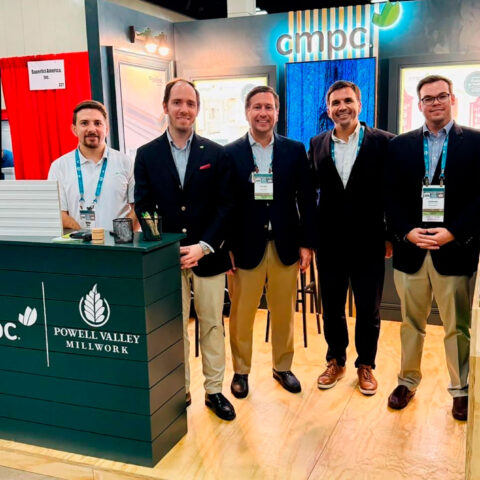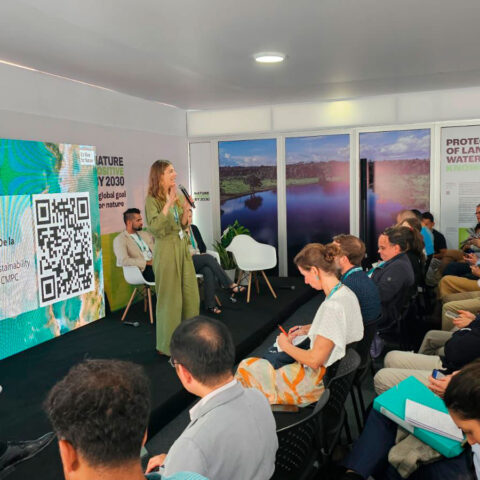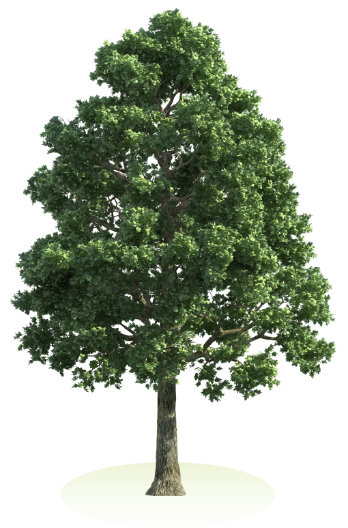WATER QUALITY
At CMPC, we depend on water resources. For this reason, after use, we return the water in conditions similar to extraction. For this purpose, we measure the quality of all industrial effluents, complying with the regulations on discharge parameters and publicly disclosing measurements of relevant parameters such as Chemical Oxygen Demand (COD), Biochemical Oxygen Demand (BOD), Total Suspended Solids (TSS) and Absorbable Halogenated Organic Compounds (AOX). The latter is in the case of pulp plants.
There are no significant impacts associated with operations in terms of water quality, since these processes are controlled by wastewater treatment plants that eliminate contaminants. Additionally, CMPC voluntarily conducts preventive studies and monitoring of underground and surface water bodies in the catchment areas, not only surrounding its operations, through environmental water monitoring plans, but throughout the basin using infiltration and hydro-geological studies coupled with environmental water monitoring plans.
A diagnostic work is being conducted on the effluent and wastewater treatment plants, encompassing existing infrastructure, efficiency of the processes and competence of the operators. This will allow for environmental risks to be detected and a prioritization of improvements to be implemented based on their criticality and estimated costs.
As an example of water quality related initiatives, an industrial pilot study was carried out in the Cordillera plant’s ETP. Its objective was to determine the removal efficiency of boron present in the treated effluent, through ion exchange resins, to reduce the mass of boron present in the effluent.
At CMPC, we depend on water resources. For this reason, after use, we return the water in conditions similar to extraction. For this purpose, we measure the quality of all industrial effluents, complying with the regulations on discharge parameters and publicly disclosing measurements of relevant parameters such as Chemical Oxygen Demand (COD), Biochemical Oxygen Demand (BOD), Total Suspended Solids (TSS) and Absorbable Halogenated Organic Compounds (AOX). The latter is in the case of pulp plants.
There are no significant impacts associated with operations in terms of water quality, since these processes are controlled by wastewater treatment plants that eliminate contaminants. Additionally, CMPC voluntarily conducts preventive studies and monitoring of underground and surface water bodies in the catchment areas, not only surrounding its operations, through environmental water monitoring plans, but throughout the basin using infiltration and hydro-geological studies coupled with environmental water monitoring plans.
A diagnostic work is being conducted on the effluent and wastewater treatment plants, encompassing existing infrastructure, efficiency of the processes and competence of the operators. This will allow for environmental risks to be detected and a prioritization of improvements to be implemented based on their criticality and estimated costs.
As an example of water quality related initiatives, an industrial pilot study was carried out in the Cordillera plant’s ETP. Its objective was to determine the removal efficiency of boron present in the treated effluent, through ion exchange resins, to reduce the mass of boron present in the effluent.
POLLUTANT LOADS (T)
| 2020 | 2021 | 2022 | 2023 | 2024 | |
| Chemical oxygen demand (COD) | 37,065 | 30,449 | 31,823 | 27,742 | 27,160 |
| Biological oxygen demand (BOD) | 2,527 | 1,637 | 1,868 | 1,462 | 1,618 |
| Adsorbable organic halogenated compounds (AOX)* | 428 | 385 | 385 | 397 | 341 |
| Total Suspended Solids (TSS) | 2,937 | 2,087 | 2,067 | 1,733 | 2,072 |
* AOX are compounds generated by the Pulp plants (Santa Fe, Pacifico Guaiba, and Laja). Each of these plants has an internal annual intensity target for the discharge of this compound, which is more stringent than the applicable local regulations and is progressively updated and increasingly ambitious.





